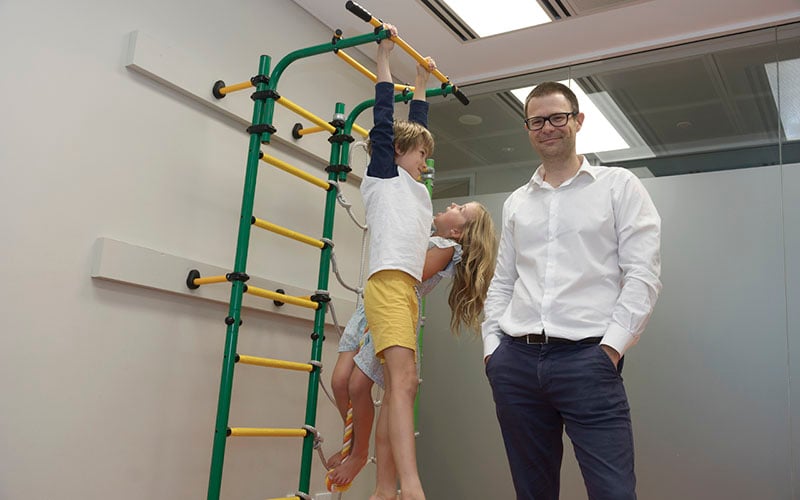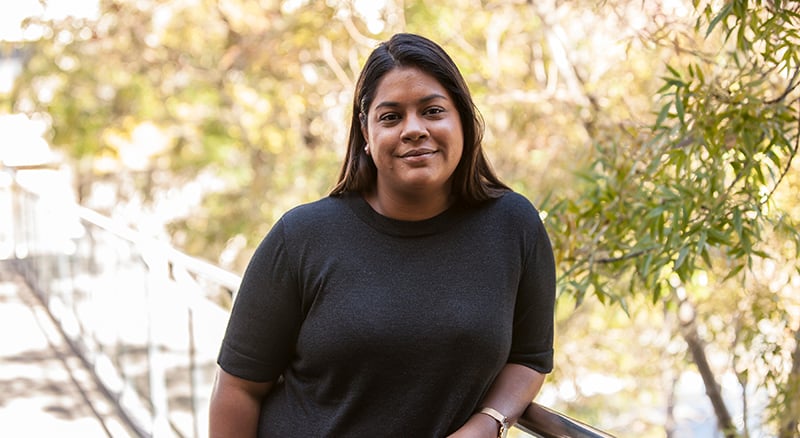Search
Showing results for "autism"
Research
Cytokine levels and associations with symptom severity in male and female children with autism spectrum disorderASD's are complex, pervasive and heterogeneous neurodevelopmental conditions with varying conditions, trajectories, significant male bias and unknown etiology.
Research
Autism risk associated with parental age and with increasing difference in age between the parentsIncreases in ASD was not only limited to advancing paternal or maternal age alone but also to differences parental age including younger or older similarly age
Research
Population-based prevalence of intellectual disability and autism spectrum disorders in Western AustraliaThe prevalence of intellectual disability has risen in WA over the last 10 years with most of this increase due to mild or moderate intellectual disability
Research
A "bottom-up" approach to aetiological research in autism spectrum disordersAutism spectrum disorders (ASD) are currently diagnosed in the presence of impairments in social interaction and communication, and a restricted range of...

News & Events
Autism researcher a finalist for WA's Australian of the YearProfessor Andrew Whitehouse, who has helped transform clinical support for children on the autism spectrum in Australia, is nominated for WA's 2023 Australian of the Year.

News & Events
Researchers call for the term ‘high functioning autism’ to be consigned to historyAutism researchers from The Kids Research Institute Australia have called for the term ‘high functioning autism’ to be abandoned because of the misleading and potentially harmful expectations it creates around the abilities of children on the autism spectrum.
Research
Perceived gender ratings for high and low scorers on the autism-spectrum quotient consistent with the extreme male brain account of autismThis study tested the 'Extreme Male Brain' theory & androgyny accounts of Autism spectrum disorder.
Research
Is the broad autism phenotype in mothers of children with autism spectrum disorder exacerbated by the challenges of caring for their children?This qualitative study of parental interviews provided a preliminary examination of whether behaviours consistent with the BAP may have been exacerbated by...
Research
Assistance and Companion Dogs for children diagnosed with Autism Spectrum Disorder and Fragile XAndrew Gail Videos Whitehouse Watch and listen to Andrew Alvares PhD PhD Deputy Director (Research); Angela Wright Bennett Professor of Autism
Research
Do children with autism 'switch off' to speech sounds? An investigation using event-related potentialsAutism is a disorder characterized by a core impairment in social behaviour. A prominent component of this social deficit is poor orienting to speech.
